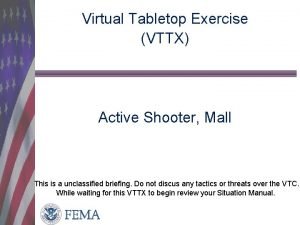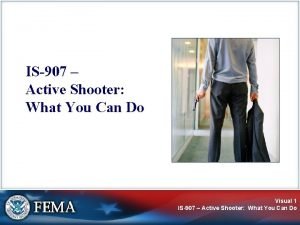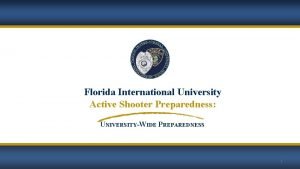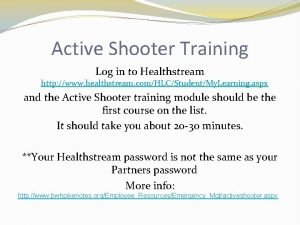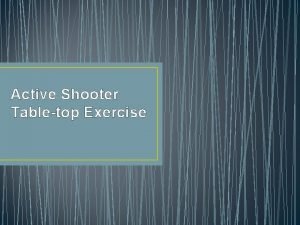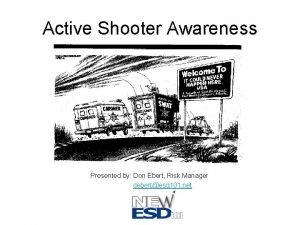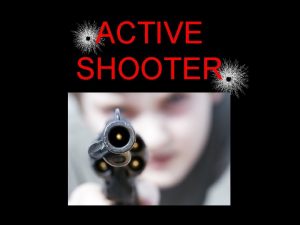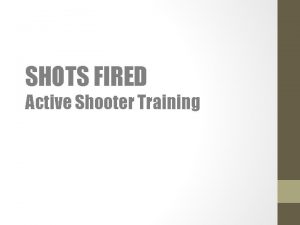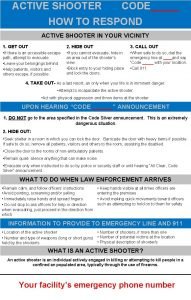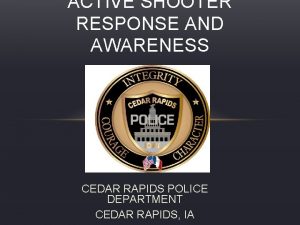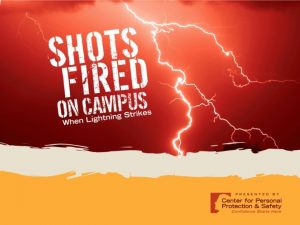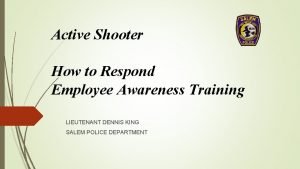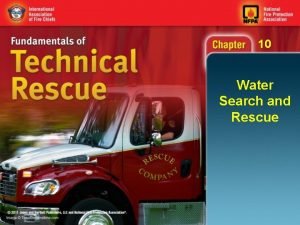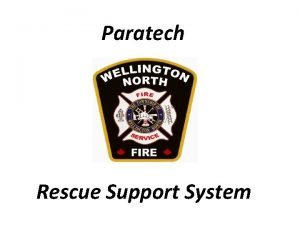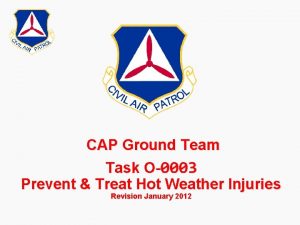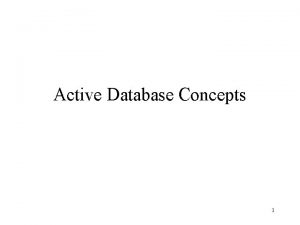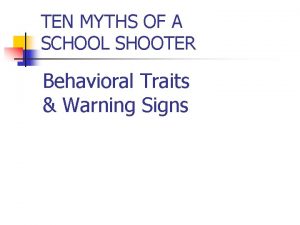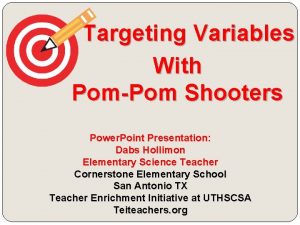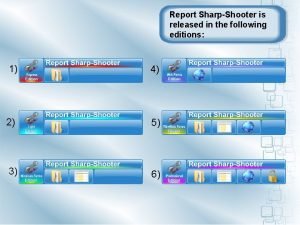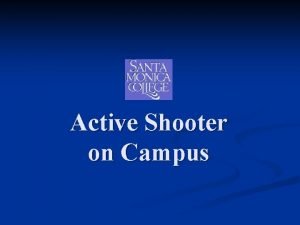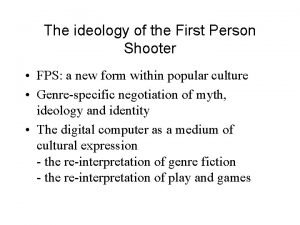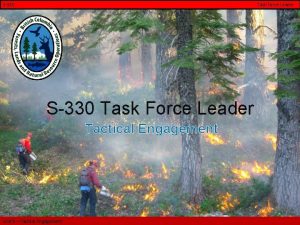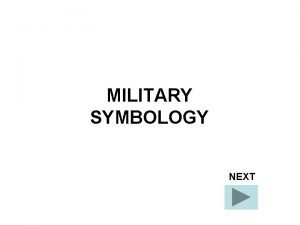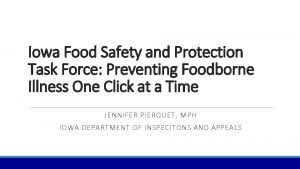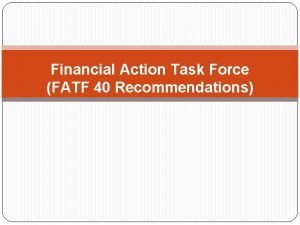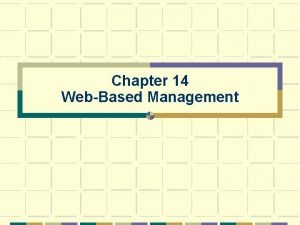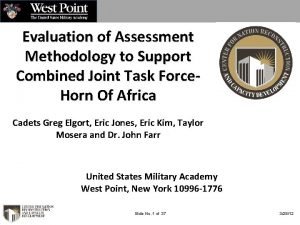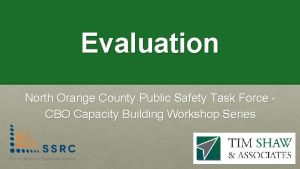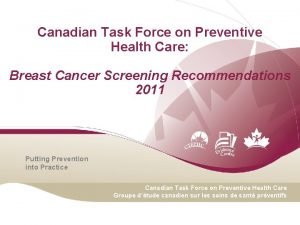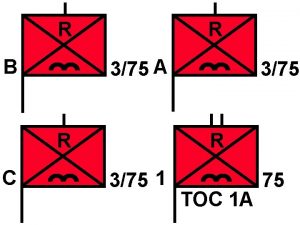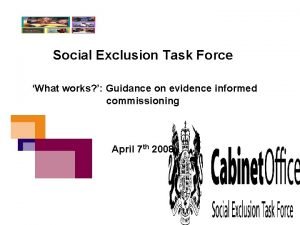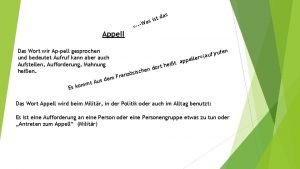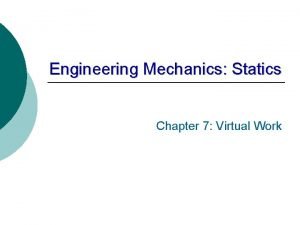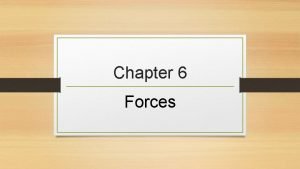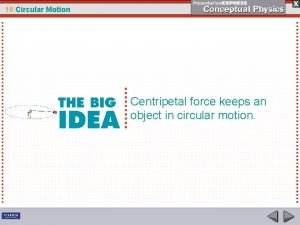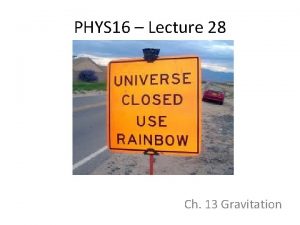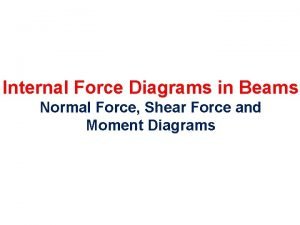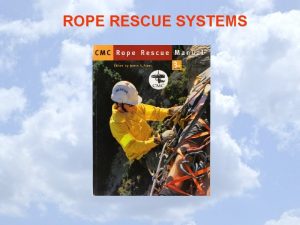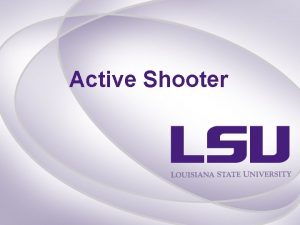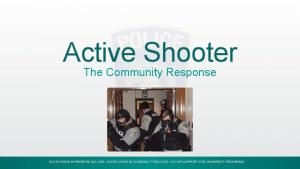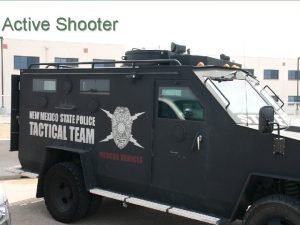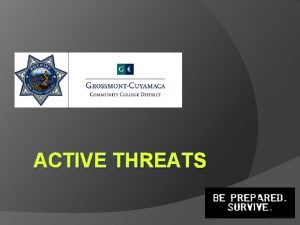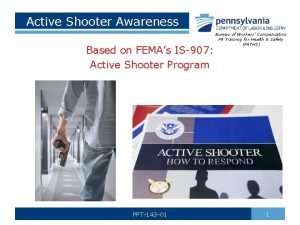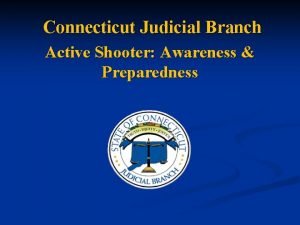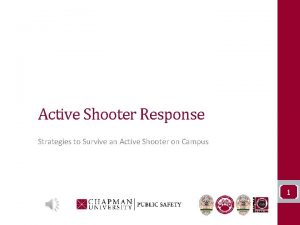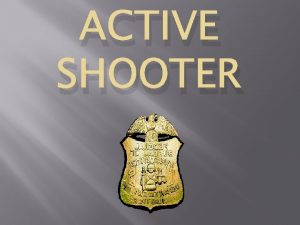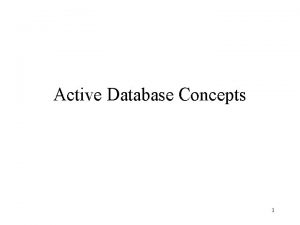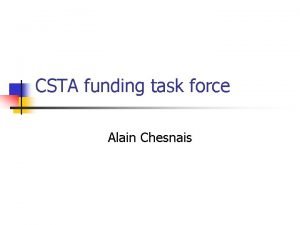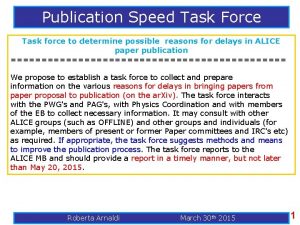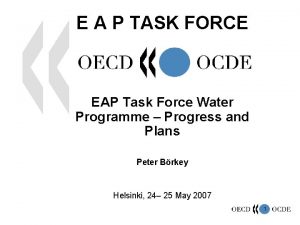Rescue Task Force ACTIVE SHOOTER RESCUE TEAM CONCEPTS











































































- Slides: 75

Rescue Task Force

ACTIVE SHOOTER RESCUE TEAM CONCEPTS

Standardized Response • In accordance with TCM 1/TCFC Policy • In accordance with MPD Treatment Protocol • In accordance with Industry Standards and recommendations From IAFF and IAFC Resources: Sergeant Scott Eastman Lacey PD Chief Steve Brooks LFD#3 Pete Suver ALS Coordinator TCM 1 Larry Fontanilla MPD TCM 1 Jim Brown MSO Olympia Fire Department Alex Christianson MSO LFD#3 Shane Dobson FF Olympia Fire Department

New Way of Doing Business • Fire and EMS are now deploying into “Warm Zones” established by Law Enforcement in order to provide interventions for life threatening injuries: • Post event reviews find that many fatalities had survivable injuries if there had been earlier intervention by EMS. • Teamwork and cooperation between EMS and Law Enforcement in a standardized deployment is critical.

Discussion Points • Evolution of Law Enforcement’s response to Active Shooter Incidents • Law Enforcement’s response and priorities • Evolution of Fire/EMS Response • Fire/EMS response and priorities • Introduction to the “Rescue Team” concept • Rescue Team implementation • Modified EMS Protocol • New Tools for patient care.

EVOLUTION OF LAW ENFORCEMENT RESPONSE TO AN ACTIVE SHOOTER INCIDENT

Going Postal • The Edmond post office shooting occurred in Edmond, Oklahoma on August 20, 1986 • In 15 minutes of terror, postal worker Patrick Sherrill pursued and shot twenty co-workers, killing fourteen of them, before committing suicide.

Columbine High School Littleton, Colorado • April 20, 1999 • Eric Harris/Dylan Klebold • Killed 12 • Injured another 21 • Used diversionary devices • Both Committed Suicide • Very Premeditated Goal was to set off Propane Bombs in cafeteria and then shoot students as they fled the building. Primary devices in lunch room failed so they initiated Plan B


Warning Signs were ignored Today there is a closer watch on Social Media/Signs Recent MP Shootings Modified Lock Down OHS Recently

Pre-Columbine Response • Contain • Isolate • Negotiate • SWAT

Post-Columbine Response • Cannot wait for SWAT • First Responders enter ASAP • Work quickly to stop the shooter(s) • Injured victims – (LE assumption) EMS will come in and treat/remove injured

New Definition of Active Shooter One or more subjects who have used, is using or threatening to use a weapon to inflict deadly force on other, and/or continues to do so while having unrestricted access to additional victims. Prior actions demonstrate intent to continuously harm; objective appears to be mass injury or murder.

New Definition of Active Shooter One or more subjects who have used, is using or threatening to use a weapon to inflict deadly force on other, and/or continues to do so while having unrestricted access to additional victims. Prior actions demonstrate intent to continuously harm; objective appears to be mass injury or murder.

New Definition of Active Shooter One or more subjects who have used, is using or threatening to use a weapon to inflict deadly force on other, and/or continues to do so while having unrestricted access to additional victims. Prior actions demonstrate intent to continuously harm; objective appears to be mass injury or murder.

Law Enforcement Priorities • Stop the Active shooter • Rescue injured victims first, if feasible, then innocents. • Provide medical aid • Preserve crime scene

New Philosophy • The FIRST responder takes action • The solo responder is guaranteed an avalanche of resources coming fast and will not be alone for long – 33% of officers who made solo entry are shot • First responders must use military tactics: – Speed, surprise and violence of action – Close in aggressively and finish the fight – Responder moves no faster than he can shoot

Shooter Characteristics 80% Have long guns 75% Have multiple weapons (avg. 3) Suspect has less that 50% hit rate Typical Active Shooter is not capable of competing on a level playing field. • Active Shooter has absolute control over life and death until they are stopped. • Generally avoid Police confrontation • • • 51% of shooters were dead following the attack • 43% committed suicide • 8% were shot by law enforcement

Virginia Tech Blacksburg, Virginia • April 16, 2007 • Seung-Hui Cho 23 yoa • Armed with two 9 mm pistols • Started two hours earlier with a killing two in dorm • Chained exterior doors • 32 dead • 15 wounded • Committed suicide when law enforcement entered the building

Aurora, Colorado Century Theater July 20, 2012 12 Dead 70 Injured James Holmes

Dispatch recordings indicate there remained an information disconnect between the fire commander on scene outside and police in theater. By the approximately 21 -minute mark after the shooting, police knew they had several bodies in theater and scores of patients across the property who needed transport to hospitals or were already on their way in police cars. They repeatedly asked for every available ambulance and medical worker in the area. But a fire commander on the scene estimated at the same time there were just 20 patients throughout the scene who would need hospitalization. "I'm just trying to sort it out right, " the unidentified commander said. "I hear 10 here, four here. I'm going to go with 20 right now. Let's just go with 20 people until we get this verified. “ The first 10 patients to arrive at University Hospital were transported by patrol cars.

Police Traffic 09: 00 - Demands for Medical 11: 30 - Directing Ambulance Staging 14: 45 -PT being transported via Patrol Car/Notify Hospitals 21: 15 -Transporting to University 22: 50 - Law Enforcement CP Announced

Fire/EMS Traffic 0 -Initial Dispatch 1: 00 -PD Hot to front of Theater 1: 55 -Gas inside theater 2: 35 -Stage Expo/Sable 5: 00 -Command Engine 8 7: 15 -Dillards 8: 45 -B 01 Command 9: 30 -10 down to back of Theater 10: 30 Additional Medical Requested 11: 43 -PD wants aid to Theater o/s to provide security 12: 15 -PT Count 13: 40 -9 Shot 14: 40 -B 01 Changes the name of Command/PD wants to Meet 15: 00 -Leaving in PD Cars 16: 40 -Do not transport any greens 17: 15 -East Divsion

Aurora Aftermath • 188 -page report commissioned by the city of Aurora • The lack of a unified, joint police-fire command during the first hour of the incident, and failure to effectively use available radio systems—whether from failure to do so or because they did not know how— led to difficulties in communication between the police and fire departments. • “The police department was unable or did not know how to communicate directly with the fire department, in spite of a fully interoperable radio system. The fire incident commander was not immediately aware of the magnitude of the incident, and did not have an accurate picture of the risk level, ” the report stated. • After the incident, personnel relations between the police and fire departments suffered for months. The fire department criticized the police for not helping them navigate through the maze of cars that created a traffic jam at the scene, while the police openly criticized the fire department for not responding adequately to calls for rescue during the incident, without realizing the communications problem.

Aurora Aftermath • “Police and fire must train with public safety communications personnel and communications systems in mass casualty exercises to ensure that all know how to communicate with each other in a large incident. It is part knowledge of communication systems and part human communications that need to improve. ” • The breakdown in communications between police and fire commanders led to a failure to assess the level of risk in theater. Fire commanders did not know that police had arrested Holmes, causing delay and confusion in their response. • “Police and fire must train with public safety communications personnel and communications systems in mass casualty exercises to ensure that all know how to communicate with each other in a large incident. It is part knowledge of communication systems and part human communications that need to improve. ” • Police and fire departments also did not work out procedures to access the victims in theater. Radio traffic and interviews indicated that there were several major challenges to ambulance access to the scene, including failure to alert EMS providers as to whether it was safe to enter theater. • In addition, a traffic jam created by police cars and civilian traffic blocking access to theater prevented EMS units from getting through the parking lot maze to reach the victims.

Aurora Aftermath • “The police paramedic was already in theater and had performed a timely triage, so it was not really necessary for fire/EMS personnel to enter theater. However, it is still important to discuss when it is safe for EMS personnel to enter a warm zone, and how much risk fire should be taking in an unclear shooting situation. ” • No overall transportation group was established to coordinate transport, and ambulances could not get close enough to the scene to access victims, so many critically injured patients needed to be transported by police car. Although more effort could have been made in coordinating ambulance transport, both police and fire officials agreed that the initial use of police vehicles to transport critical patients was not only acceptable but likely represented the best care for critical patients. • “While the outcomes of the EMS and hospitals actions were excellent, the system could have worked better, ” the report said. “The outcomes might not have been as favorable if it weren’t for some luck as well as out-of-the-box thinking. ” • In coordinating future incidents, the report recommended attaching triage ribbons indicating severity of condition by color—black, red and yellow—to victims. Since triage ribbons were not attached to the victims, it was difficult for hospitals and EMS to identify and track the most seriously wounded.

Sandy Hook ES Newtown, Connecticut • December 14, 2012 • Adam Lanza 20 yoa • Armed with an assault rifle and two semi-auto pistols • Shot out glass next to locked front doors • 26 dead – 20 children – 6 adults • Committed suicide when law enforcement entered the building

Stages of LE Response • Initial Response – Locate and stop the shooter – Advise UC of the location of wounded • Setting up Warm Zones – Clearing rooms – Advise UC of the location of wounded – Securing sections, including ingress/egress • Escort EMS Rescue Team to Warm Zones – Evacuation of the wounded

Fire/EMS Priorities • Align response resources with “likely-case” scenario • Call Big, Call Early: Rather turn around resources than be behind the ball. • Identify mitigation priorities – EMS, Fire, Rescue, Chemical/Biological/Explosive Hazards • Organize responding resources for rapid but safe deployment – Manage staging, concealment, ingress & egress • Triage for immediate threats • Mitigate incident based on established priorities • Recovery

Definitions: • ACTIVE SHOOTER: One or more subjects who have used, is using or threatening to use a weapon to inflict deadly force on other, and/or continues to do so while having unrestricted access to additional victims. Prior actions demonstrate intent to continuously harm; objective appears to be mass injury or murder. • UNIFIED COMMAND: Incident Command entity comprised of Fire/EMS, Law Enforcement, and any other critical stakeholder based on involvement and incident type and/or complexity.

Definitions: • CONTACT TEAM: One or more law enforcement officers whose intent is to take action to stop the suspect’s deadly actions. • RESCUE TEAM: A multidisciplinary team of Law Enforcement and Fire/EMS personnel who enter the Warm Zone for the purpose of triage and initial stabilization followed by extrication of viable patients. The configuration of the Rescue Team is intended to mitigate provider risk while forward deploying stabilizing medical care in conditions that might otherwise delay treatment.

Definitions: • STAGING AREA: An incident area where resources are gathered prior to engagement. • Level 1 Staging: Resources for immediate Response • Level 2 Staging: Resources for secondary response

HOT ZONE • There is a known or suspected active threat in this area. • Law enforcement tactical actions are ongoing in this area EMS does not work here

WARM ZONE • The threat is neutralized, or contained in another area. There is no known, active threat in the defined area. • Law Enforcement has established, and maintains, control of the ingress and egress to the area. • The area has been searched by Law Enforcement. • There are potentially viable patients in the area. • There are possible undetected hazards (e. g. IEDs) in the area. • Unarmed responders working in this area have continuous, dedicated force protection from Law Enforcement EMS does work here with proper gear and protection

COLD ZONE • There is no known active or suspected threat in this area. • Responders working in this area do not require unusual protective measures EMS works here per normal operations

Initial Response The first arriving Fire/EMS unit will initiate the Incident Command System and direct the actions of subsequent units. Any transfers of the Incident Commander responsibilities will be clearly identified and transmitted to Dispatch and all assigned units. Resource requests should be initiated through TCOMM by the Incident Commander based on available dispatch information to include appropriate level of MCI and any specialized resources based on hazard type.

Unified Command • Unified command should be sought and established with the primary law enforcement agency as soon as is practical and prior to any intervention by Fire/EMS units. All personnel and activities will be managed utilizing the Incident Command System.

Staging A Level 1 Staging area should be designated and communicated to TCOMM and all responding Fire/EMS units at a distance and location which provides adequate separation, shielding, and capacity for the initial response package. *Special consideration should be given to the possibility of secondary and diversionary threats. * Level 2 Staging at a greater distance and capacity should be considered for second and subsequent MCI alarm responses.

Mass Casualty Response • At the discretion of the incident commander, a Mass Casualty Incident shall be declared and employed under Standard TCM 1 Protocol. • All casualties outside or removed from "warm zones" will be moved to Casualty Collection Point managed in accordance with the Thurston County Multiple Casualty Incident Response plan.

Rescue Task Force • RTF Group Supervisor Established: • RTF Staging area established: • EMS/Law Enforcement Personnel assigned and staged for deployment. • 2 EMS/4 Law Enforcement per team. • Transportation to and from the Warm Zone. • Transportation ready for victims from warm zone to MCI CCP.

RTF Rules of Engagement • Rescue Team Deployment: to "warm zone" areas from where the identified threat(s) have been isolated or removed and a risk analysis leads to a reasonable belief that viable victims exist and that team deployment would increase the probability of survival. • Rescue Teams will don and maintain all designated personal protective equipment, remain intact as a team, and in constant communication with their supervision throughout any deployment.

RTF Rules Continued • Methods and direction of team movement and communication (e. g. Diamond Formation, Power T, and radio frequencies) will be clearly identified prior to Rescue Team deployment. • The activities of the Rescue Team will be focused on the rapid assessment and triage of victims. Interventions will be limited to those necessary for immediate stabilization of life or limb. • Rescue Teams may convert to the role of Extraction Teams based on need, capability, and in coordination with supervision.

The Really Important Rule • Rescue Teams will self-initiate or be ordered by their direct supervision in cooperation with Law Enforcement Team withdraw or abandon any area(s) where the level of threat is recognized to be above acceptable levels for any reason.

Rescue Team Concept Need: • Triage • Treat airway and severe bleeding • Remove for medical care Problem: • Patients are inside the building and MCI is set up across the street. • Too far to reasonably carry multiple patients

Rescue Team Concept PATIENTS TRIAGE/CCP

Rescue Team Concept • Once the known shooter(s) has been: – Neutralized – Contained – Fled the area • Establish area of control – “Warm zones” – LE clears the area of known threats – Establishes interior security – CONTROL – Establishes ingress/egress to Warm Zone.

Warm Zones

RESCUE TEAM MOVEMENT IN HEAVY HEAD, NEXT TO WALL

RESCUE TEAM Movement in Diamond Formation

RESCUE TEAM Movement in “T” Formation

RESCUE TEAM MOVEMENT IN WEDGE FORMATION

Rescue Team Concept

So what is this gonna really look like? • • Incident Command/Unify Level 1 and 2 Staging Initiate MCI/Medic Unit Establish Rescue Group/Engine Company Deploy RTF when warm zone established Treat/Triage/Extricate Get PT’s to CCP/Secondary Triage/Disposition

RTF Treatment Mission • 1. To provide effective emergent medical care to victims of a violent mass casualty ballistic incident. • 2. To coordinate with law enforcement a plan of safe patient movement without compromising law enforcement’s tactical response. This includes assessment, prioritization, extrication, and evacuation of all casualties. • 3. To develop an appropriate plan of disposition for casualties, commensurate with MCI plan and available community and regional resources. • 4. To communicate critical information regarding casualties to members of the team, incident command, and receiving facilities.

Patient Care • Patient care in the warm zone focuses on treating immediate life threatening injuries and extrication from the environment. • START Triage will be employed • Triage tape will be used on the initial round of treatment. • Once removed from the warm zone patients will be formally triaged again in the casualty collection point, tagged, and forwarded to the treatment area.

START Triage • Respirations – Breathing Absent -> Open Airway • Breathing -> RED • Not Breathing -> BLACK – Breathing Present • Fast, Slow or Noisy -> RED • Otherwise, continue… • Pulse – Radial Pulse Absent -> RED – Otherwise, continue… • Mentation – Can’t wiggle fingers and toes -> RED – Otherwise -> YELLOW

BLEEDING CONTROL Stop serious peripheral bleeding. • For wounds that are anatomically amenable (not in groin or axilla), place a CAT tourniquet as proximal as possible on the wounded extremity, and apply with enough force to stop distal pulses. Tourniquet may be placed over clothes, but take care to avoid bulky clothing or objects in pockets. Secure in place and mark the time of application on the tourniquet or extremity with indelible ink. If a single tourniquet is not effective, attempt to place a second one proximal to the first. Tourniquets should not be removed in the field once applied.

BLEEDING CONTROL • For extremity wounds that are compressible, but too proximal in the groin or axilla, control bleeding with direct pressure if time and manpower are adequate, or place a pressure bandage over the wound. • Attempt to have the victim apply self pressure, or if resources and conditions allow, have a rescuer provide direct pressure and arrange rapid extrication and evacuation.

ASSESS AND TREAT AIRWAY • For unconscious victims, place OPA / NPA and put patient in recovery position. • Advanced airway care including endotracheal intubation and cricothyrotomy are not appropriate for members of the RTF. • Time and resources permitting, these measures may be attempted in the MCI treatment area after passing through CCP in a “cold zone. ”

ASSESS AND TREAT BREATHING • Sucking chest wounds should have a chest seal applied. Use of a seal with one way valve is allowed, but realize these one way valves are prone to malfunction and failure. • Placing any seal on an open chest wound increases the potential to convert an open pneumothorax to a tension pneumothorax. , • Any patient with a chest seal will require frequent monitoring if time and resources are permitting.

BREATHING CONTINUED • Tension pneumothorax may be treated with needle thoracostomy by paramedic level providers. Partially effective or ineffective needle thoracostomy should be treated with additional attempts in the setting of tension causing respiratory or cardiovascular compromise. Ideally, these angiocaths should not be removed, but secured in place and marked with time of placement in indelible ink.

EXTRICATION AND EVACUTATION • This is a coordinated effort with law enforcement and only at the direction of incident/ unified command. • In no way should patient movement compromise tactical operations of law enforcement or place EMS providers in the way of any forseeable threat.

SPINAL CONSIDERATIONS • In the absence of blast injuries or secondary blunt trauma, spinal immobilization is a low priority and can be deferred. Time and resources permitting, patients with high index of suspicion for spinal injury due to complaints, impaled objects or wounds, or mechanism, may be immobilized in standard fashion.

MASS CASUALTY INCIDENT • As time and the situation evolve, the incident will likely transition to a Multiple Casualty Incident, and the team therefore should transition to operate under the standard Thurston County Multiple Casualty Incident Response Plan. • Consideration and initiation of MCI should begin early in the incident to anticipate needs. • Incident commander will be responsible for MCI deployment

CASUALTY DISPOSITION • Early notification of the DMCC will be critical to the successful disposition of patients from these incidents. • Once the patients are evacuated to the cold zone, standard MCI practices should guide transportation and destinations of the patients.

New Tools to meet the needs of the job.

CAT COMBAT APPLICATION TOURNQUET

CAT Application

ISRAELI BANDAGE

Hemostatic Dressings

Chest Seals

OFD Tactical Vest

OFD Tactical Vest

Proper PPE Minimum Accepted Tactical Vest Structural Helmet Eye Protection Gloves No Bunker Gear

Now Shut up and let the Expert Talk
 Vttx
Vttx Is907
Is907 Fiu active shooter training
Fiu active shooter training Run hide fight
Run hide fight Best response to an active shooter event healthstream
Best response to an active shooter event healthstream Active shooter tabletop
Active shooter tabletop Don ebert
Don ebert Peter odighizuwa
Peter odighizuwa Extreme response gap
Extreme response gap Active shooter healthstream
Active shooter healthstream Active shooter tabletop
Active shooter tabletop Cedar rapids active shooter
Cedar rapids active shooter Survival mindset 3 components
Survival mindset 3 components Active shooter healthstream
Active shooter healthstream Water search and rescue training objectives
Water search and rescue training objectives Amplify science harnessing human energy answer key
Amplify science harnessing human energy answer key Paratech ratchet straps
Paratech ratchet straps Tiered task bias task
Tiered task bias task Ground team task guide
Ground team task guide Team task roles
Team task roles Active database concepts and triggers
Active database concepts and triggers School shooter traits
School shooter traits Pom pom shooter
Pom pom shooter Shooter game maker
Shooter game maker Report sharp shooter
Report sharp shooter Unity 3d top down shooter
Unity 3d top down shooter Nnn shooter
Nnn shooter Achilles mbti
Achilles mbti Seung-hui cho
Seung-hui cho First person shooter ideology
First person shooter ideology Going native project management
Going native project management Team spirit becomes team infatuation
Team spirit becomes team infatuation The white team cheers for the blue team, just like
The white team cheers for the blue team, just like 3 to 8 decoder truth table
3 to 8 decoder truth table Membrane structures that function in active transport
Membrane structures that function in active transport Primary active transport vs secondary active transport
Primary active transport vs secondary active transport Nwcg s-330
Nwcg s-330 Enemy mechanized infantry symbol
Enemy mechanized infantry symbol Glencoe sustainability task force
Glencoe sustainability task force React task force
React task force Iowa food protection task force
Iowa food protection task force Financial action task force 40 recommendations
Financial action task force 40 recommendations Green ribbon task force
Green ribbon task force Princeton policy task force
Princeton policy task force Java dynamic management kit
Java dynamic management kit Anchor institutions task force
Anchor institutions task force Global harmonisation task force
Global harmonisation task force Social performance task force
Social performance task force Marketing task force
Marketing task force Combined joint task force horn of africa
Combined joint task force horn of africa North orange county public safety task force
North orange county public safety task force Canadian task force on preventive health care
Canadian task force on preventive health care 75 entre 3
75 entre 3 Iowa food protection task force
Iowa food protection task force Apa presidential task force on evidence-based practice
Apa presidential task force on evidence-based practice Jidf
Jidf Social exclusion task force
Social exclusion task force Appell duden
Appell duden A1 flow equalization basin
A1 flow equalization basin Flocabulary shakespeare is hip hop
Flocabulary shakespeare is hip hop The system is in equilibrium. find the angle q.
The system is in equilibrium. find the angle q. Two objects sliding past each other experience
Two objects sliding past each other experience Vt=2pir/t
Vt=2pir/t Long range force
Long range force What force provides centripetal force
What force provides centripetal force Advantage
Advantage Unbalanced force
Unbalanced force Centripetal force vs centrifugal
Centripetal force vs centrifugal Whats a noncontact force
Whats a noncontact force Is electric potential conservative
Is electric potential conservative Centripetal force and gravitational force
Centripetal force and gravitational force Hooke's law vector form
Hooke's law vector form Draw the shear and moment diagrams for the beam
Draw the shear and moment diagrams for the beam Boulder food rescue
Boulder food rescue Shelbyfield
Shelbyfield Radium release hitch
Radium release hitch
